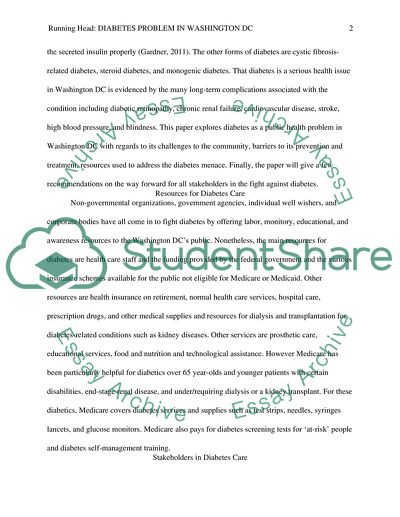Cite this document
(Analysis of a Public or Community Health Problem Research Paper, n.d.)
Analysis of a Public or Community Health Problem Research Paper. Retrieved from https://studentshare.org/health-sciences-medicine/1780177-analysis-of-a-public-or-community-health-problem
Analysis of a Public or Community Health Problem Research Paper. Retrieved from https://studentshare.org/health-sciences-medicine/1780177-analysis-of-a-public-or-community-health-problem
(Analysis of a Public or Community Health Problem Research Paper)
Analysis of a Public or Community Health Problem Research Paper. https://studentshare.org/health-sciences-medicine/1780177-analysis-of-a-public-or-community-health-problem.
Analysis of a Public or Community Health Problem Research Paper. https://studentshare.org/health-sciences-medicine/1780177-analysis-of-a-public-or-community-health-problem.
“Analysis of a Public or Community Health Problem Research Paper”, n.d. https://studentshare.org/health-sciences-medicine/1780177-analysis-of-a-public-or-community-health-problem.


